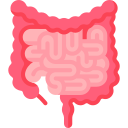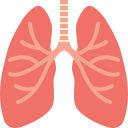Skip to main content
Announcements and latest updates
- This guidance is for empirical treatment. Alternative antibiotics may be required if specific pathogens are identified or there is failure to respond. Contact microbiology for advice
- Samples should be taken for culture sensitivity testing whenever possible and preferably before the administration of antibiotics. If appropriate, modify initial therapy once sensitivity results are available
- Viral infections and self-limiting illnesses should not be treated with antibiotics
- The route of administration depends on the severity of the infection. Review the need for IV treatment after 48 hours and then at least every 24 hours, changing to oral therapy as soon as possible
- The duration of therapy depends on the nature of the infection and the response to treatment. Use the shortest, effective duration of treatment
- All antimicrobial prescriptions should have a review date or duration of treatment stated on the prescription chart. The indication for prescribing antibiotics MUST be clearly documented in the patients’ medical notes
- Consider whether monitoring of drug levels is required e.g. Gentamicin and Vancomycin
- The dose of an antimicrobial varies according to age, weight, hepatic/renal function and severity of infection. Refer to current BNF for children for dosing guidance and also for any potential drug interactions
- It is important to clarify the history of a reported penicillin allergy. Those with a type 1 allergy to penicillin maybe prescribed cephalosporins or carbapenems for severe infections under close observation. Seek microbiology advice if also history of severe allergy to cephalosporins and/or carbapenems. For further guidance see Penicillin Allergy in adult guidance.
- Review MHRA Safety Advice when prescribing fluoroquinolones
Expand this content












